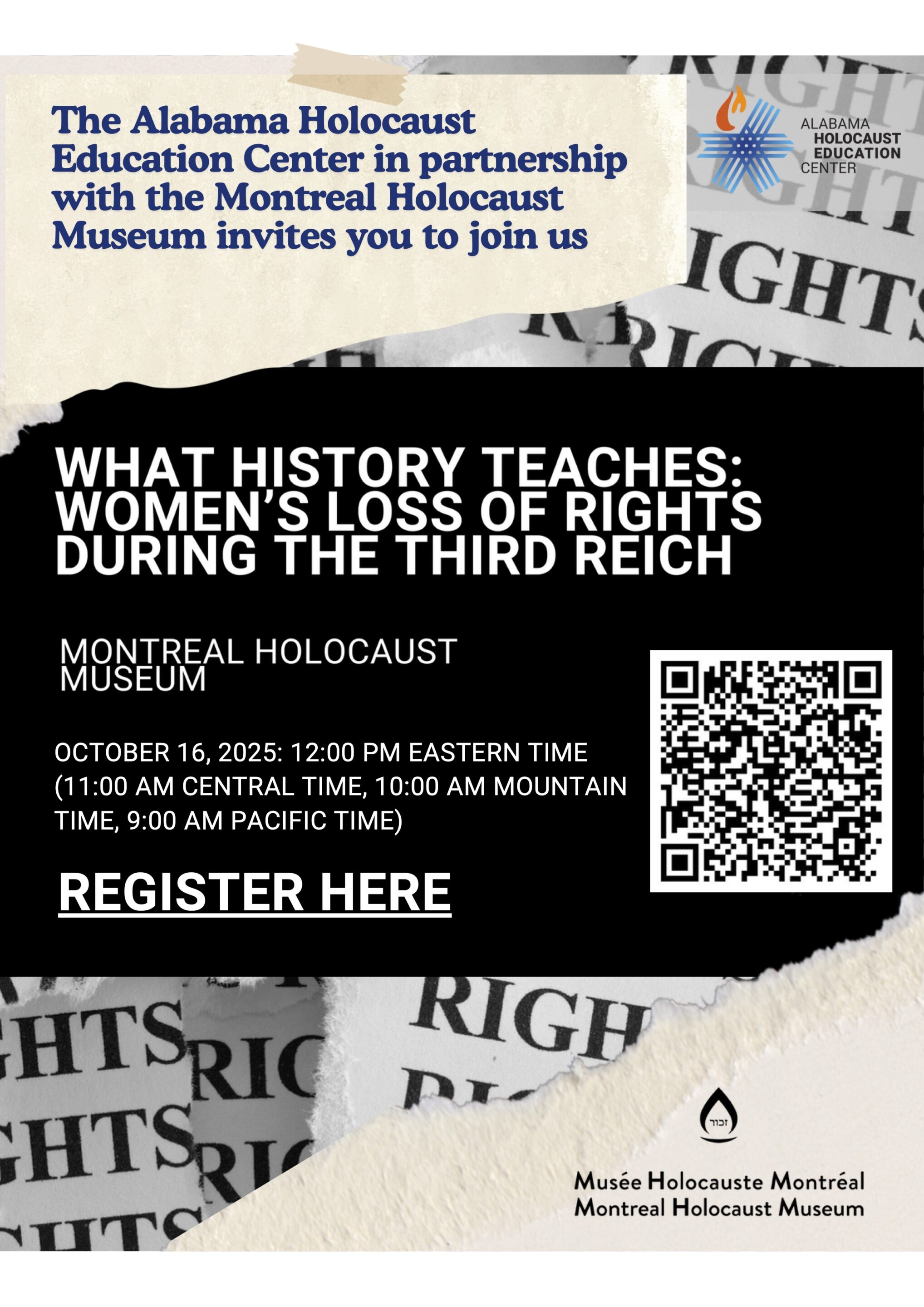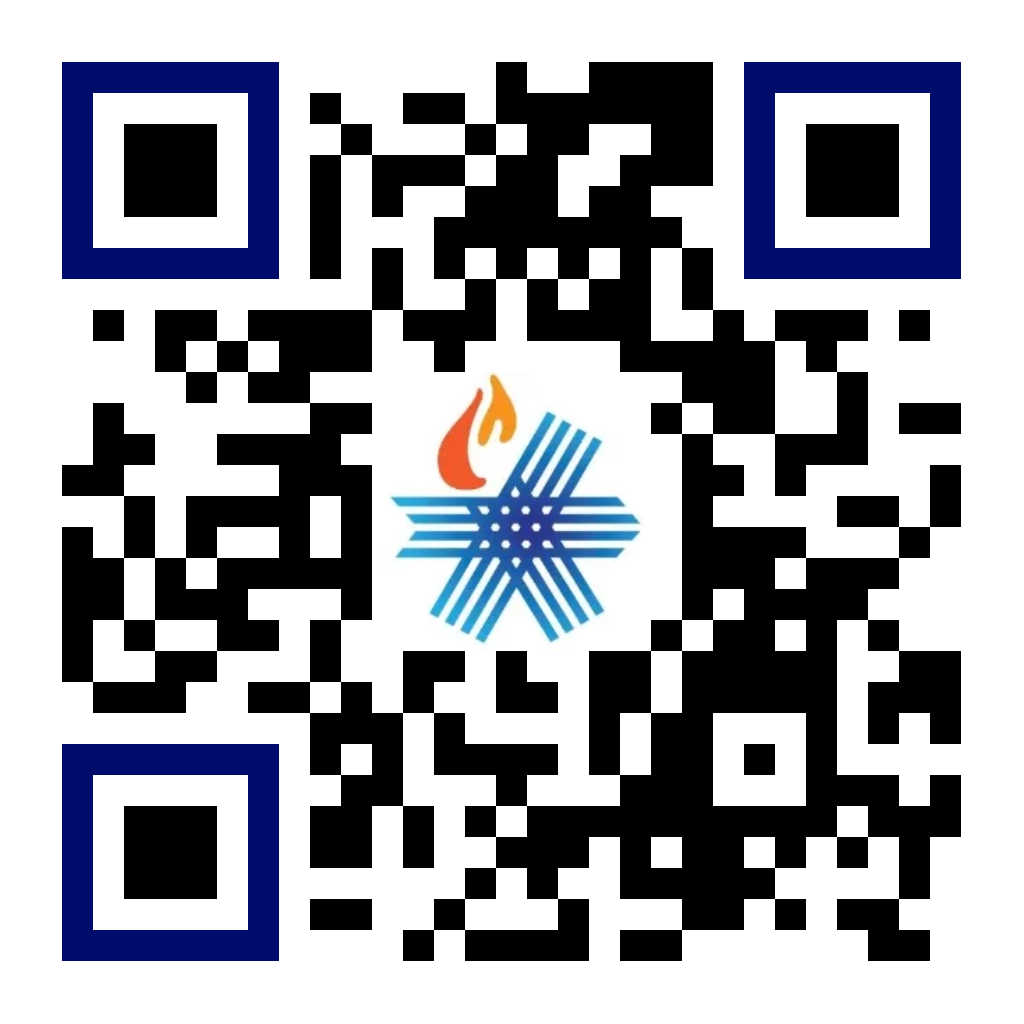
What History Teaches: The Rule of Law and the Erosion of Democracy
virtualHistorians have long debated whether the collapse of the Weimar Republic was inevitable or the result of actions taken by Germany’s political elites. This session will focus on the circumstances that surrounded the birth of Weimar democracy at the end of World War I. It will also examine how Germany’s experiment in democracy was affected by the course of German economic development in the 1920s and 1930s. Lastly, it will explore the opportunities this afforded the Republic’s enemies, with particular emphasis on the rise of Adolf Hitler and the Nazi Party in what proved to be a successful crusade against Weimar democracy.





